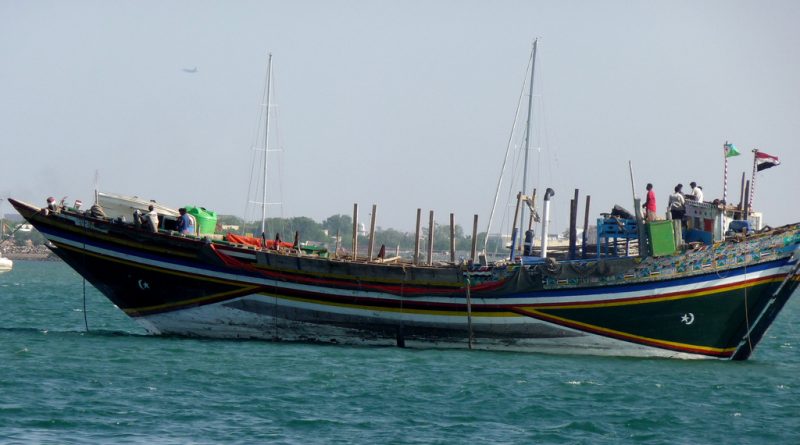China’s New Maritime Silk Road
China-Eastern Africa Maritime Routes
Since ancient times, China and Eastern Africa have been connected mainly through maritime routes of trade and cultural exchange. Chinese explorers made their way to Africa through the Indian Ocean and African travelers reached China. As part of the maritime Silk Road, connecting Eastern and Northeastern Africa with the Indian Ocean empires and Europe, the ports in the Horn and East Africa helped to spread technological innovations, currents of thought, and cultural influences.
The Silk Road Economic Belt
During his respective visits to Kazakhstan and Indonesia in September and October 2013, the Chinese president Xi Jinping announced China’s intention to create a “Silk Road Economic Belt” and a “21st Century Maritime Silk Road”. The New Silk Road came to constitute a general overarching strategic vision within which China’s economic expansion would take place. Subsequently, the initiative gained impetus in the announcement of a creation of a USD40 billion New Silk Road fund in 2014.
Beijing is promoting its New Silk Road strategy as part of a plan to assume a larger role in the international political economy. It aims at establishing external markets to absorb exported part of its production capacity, such as steel, which is depicted as win-win as it potentially stimulates industrialization in the partner countries. The New Silk Road constitutes an overarching framework for China’s diplomatic approach and bilateral relations with strategic partners, which also inevitably includes a military dimension to secure China’s domestic economic development.
Port of Djibouti: the Chinese gate to Africa
As part of the maritime Silk Road, China’s interest is mainly to secure the commercial sea lanes and states and strategic islands involved in order to ensure peaceful and unrestricted development. A central part of this strategy is to ensure an uninterrupted flow of raw materials as inputs for Chinese industries at home. Although this strategy appears so far not to have a clear military dimension to it, China is building its military presence in strategic locations of the maritime routes. One example of this strategy is China’s warm relationship with Djibouti and the Horn of Africa powerhouse Ethiopia (which for the moment remains highly dependent on the Port of Djibouti).
Djibouti port forms and important harbor in the maritime Silk Road shipping routes and provides China a key entry point to the Horn of Africa, while populous Ethiopia stands as an impressive future market and its central position in the Horn is expected to improve future access to East Africa. Along with other transport nodes, such as the Kenyan Port of Mombasa, it permits Chinese economic influence to penetrate regional hubs such as Nairobi and further into the interior of the African continent.
Port of Djibouti maritime traffic. Photo by gailhampshire / CC BY 2.0
![]() This work is licensed under a Creative Commons Attribution-NonCommercial-ShareAlike 4.0 International License.
This work is licensed under a Creative Commons Attribution-NonCommercial-ShareAlike 4.0 International License.




